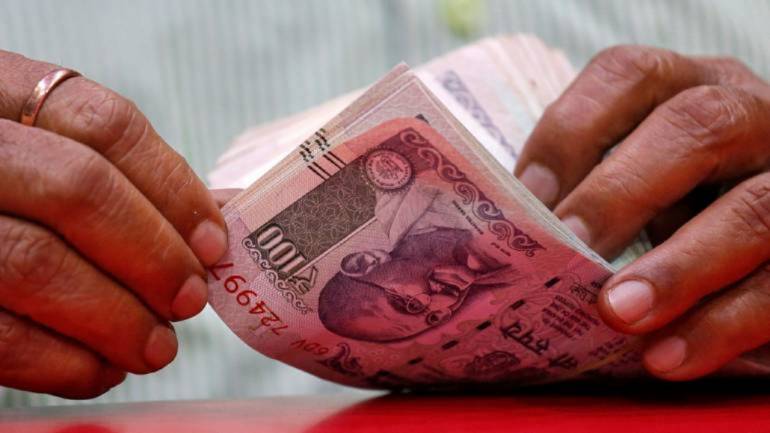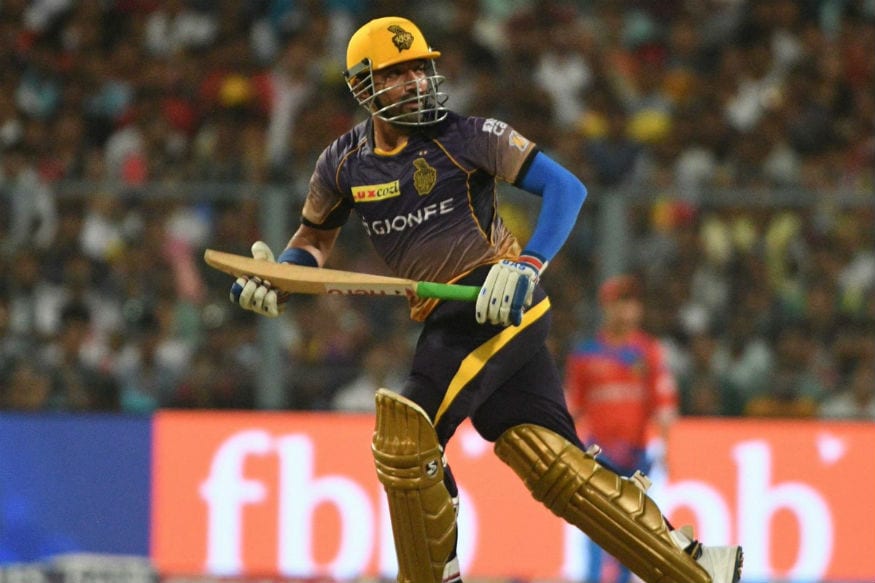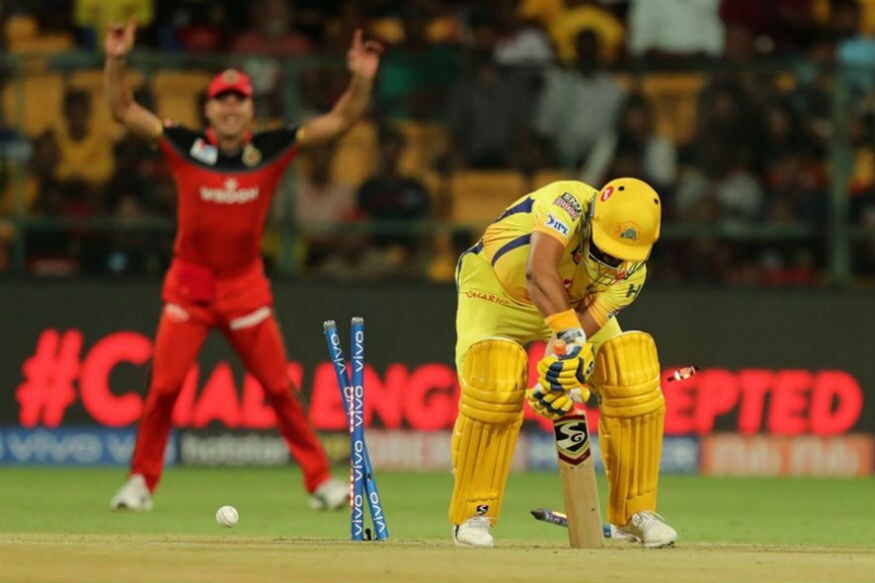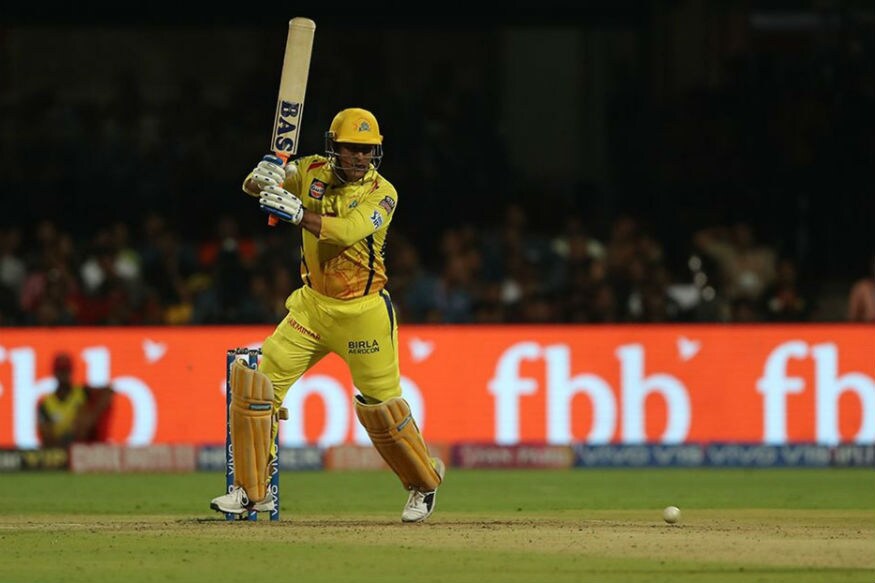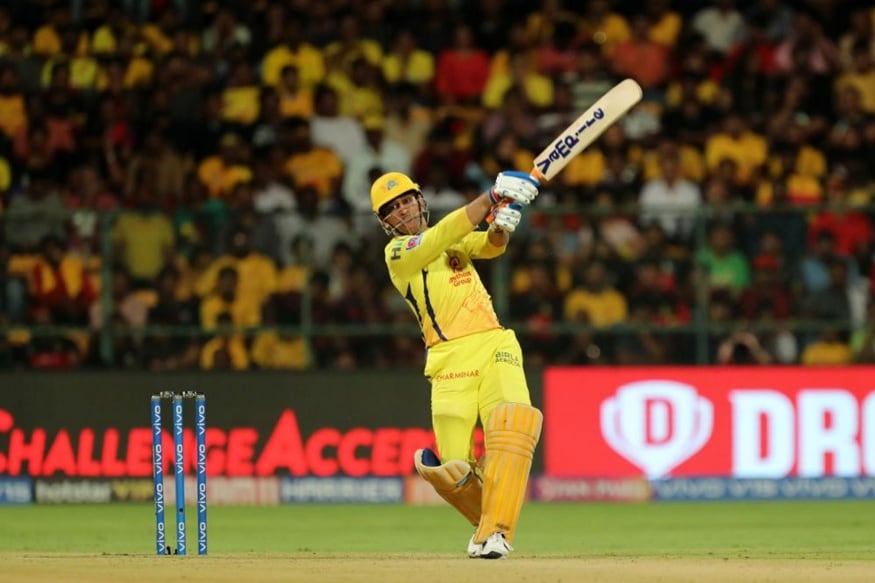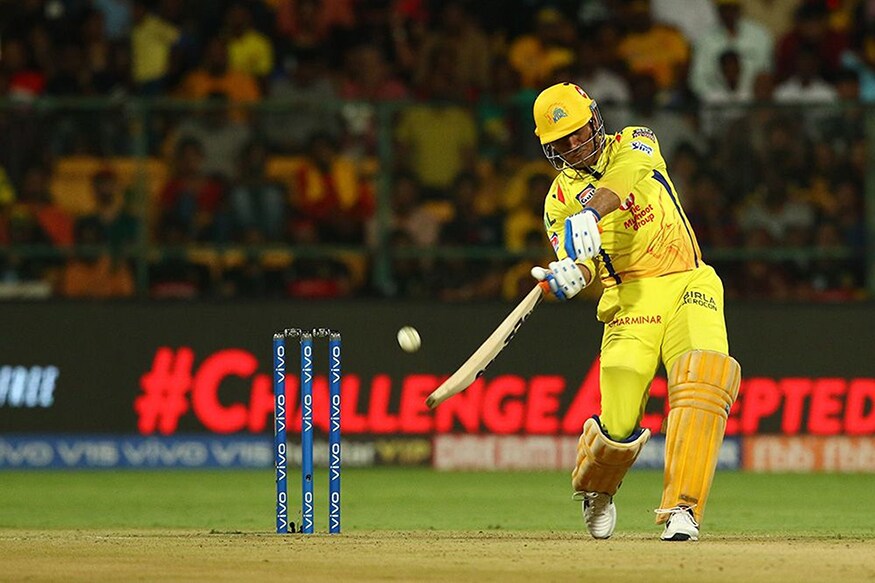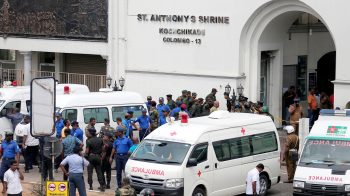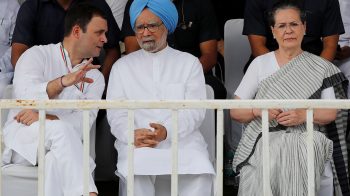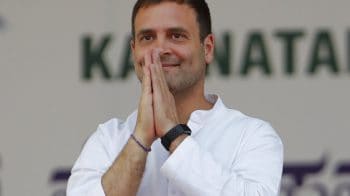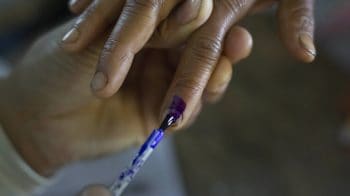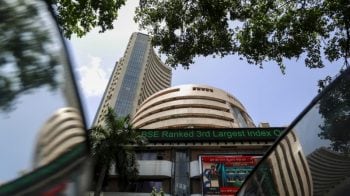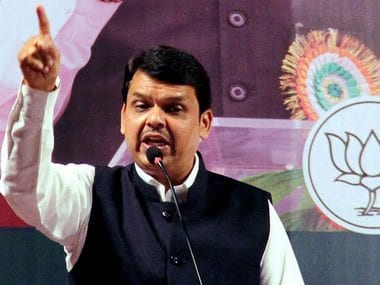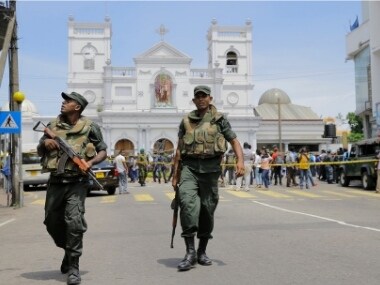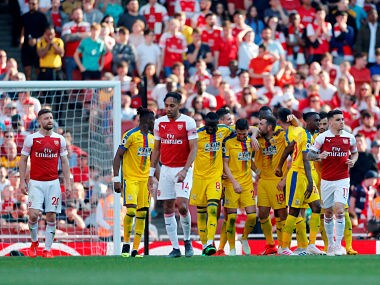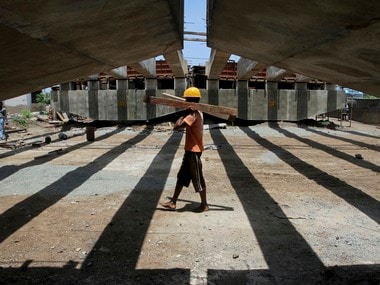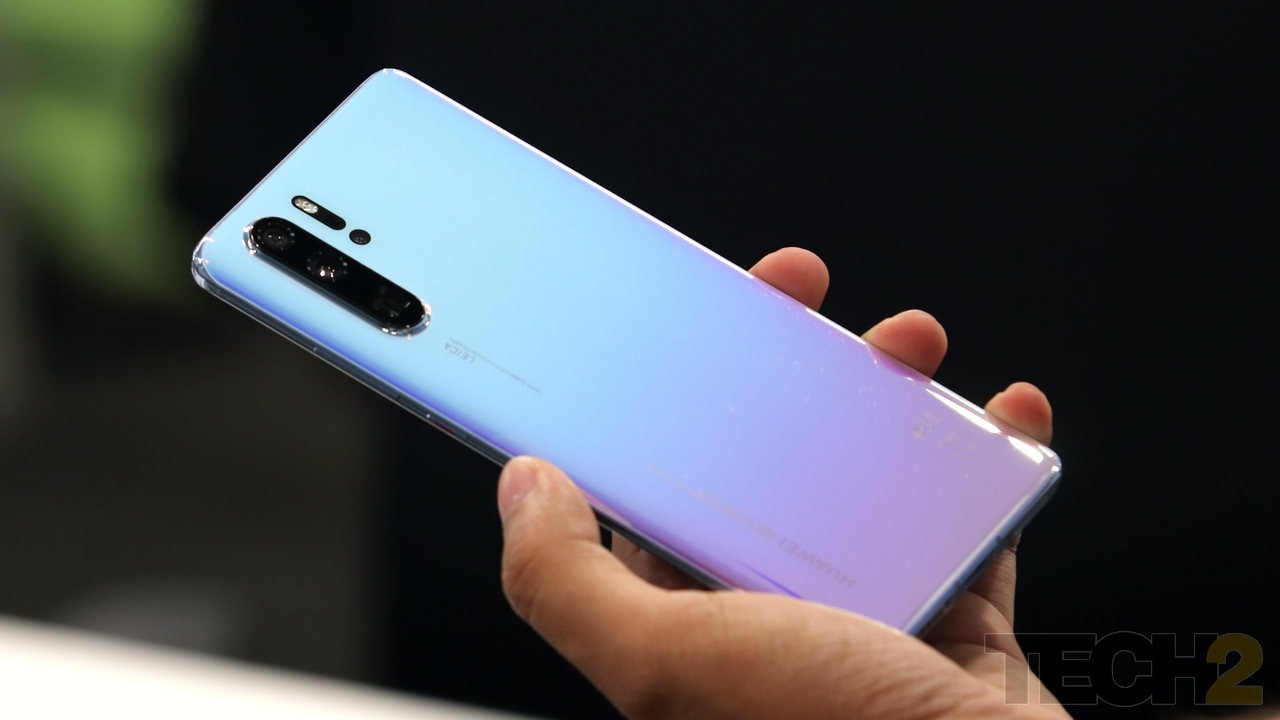We may see some volatility on account of domestic election results in the short term but do not see it altering the overall direction for USD/INR.
Abhishek Goenka
The price action in Rupee has been driven more by developments in forwards. The introduction of the VRR route was intended to encourage FPIs to invest in domestic G-Secs and corporate bonds.
This led to an initial inflow of US Dollar as FPIs brought in USD to subscribe to limits auctioned under the VRR route. The VRR route was complimented by the announcement of a B-S swap by the RBI.
When FPIs invest in debt on a hedged basis, they sell USD today and convert them to Rupee, which they can invest in Gsecs and corporate bonds.
Simultaneously, they enter into a forward contract to buy Dollars for when they intend to exit their investment. The RBI, therefore, decided to take the opposite side of the transaction i.e.
Buy USD today and Sell them at a later date. This had caused the forward premia to collapse with 12m annualized forward premium getting dealt at as low as 3.5 percent.
The B-S swap was intended to reduce the cost of the swap to FPIs and also simultaneously inject Rupee liquidity into the banking system.
The swap was conducted on March 26 for $5 billion. However, the bids RBI received were for $16 billion. Therefore, surplus USD continued to exist in the system.
On April 1, 2109 when the LEF guidelines came into effect, most foreign banks had USD balances. These banks could not park them with their parent on account of these new guidelines. They were therefore compelled to convert these US Dollars into Rupee.
They did so by doing an S-B swap for a shorter tenor, say a week, in anticipation of the announcement of another window by the RBI in which they would be able to tender their surplus USD.
They kept rolling over these S-B swaps, which kept Cash-Spot, and near month forward points elevated. The RBI obliged by announcing another swap window to be conducted on April 23.
Therefore forward points until April 23 was elevated as banks would have required to roll over short-term swaps until the auction. However, more USD inflows were lined up such as for the Vodafone-Idea rights issue, Bharti rights issue and foreign USD funds raised by corporates and NBFCs.
Several market participants would have feared that this time around too they risked their bids not getting accepted in the auction. Rolling near term was getting more expensive and there was also apprehension as to whether the RBI would announce any further such swaps post April 23.
Foreign banks, therefore, decided to preempt and front-load the swap in the open market. This time they rolled over to farther maturities, which pushed the far end of the forward curve higher. 12m annualized forward premium traded as high as 4.31 percent.
The cut off last time was equivalent to 6.01 percent on 3Y MIFOR. This time around the 3Y MIFOR is already trading at 6.15 percent.
Higher forward points make it more expensive to hold USD longs and therefore the upside in spot USD/INR has been capped. This dislocation and volatility in the forward market is a temporary phenomenon and is eventually expected to settle down.
We expect the spot to be contained in a range of 68.60-70.15 until April end. We may see some volatility on account of domestic election results in the short term but do not see it altering the overall direction for USD/INR. The trend for USD/INR would be determined more by the reaction function of the central banks i.e. The RBI and the US Fed.
The RBI cut repo rate by 25bps in its April policy, along expected lines. However, the OIS market at this stage does not seem convinced about there being another rate cut this year.
There are uncertainties associated with food inflation on account of a subpar monsoon and also global crude prices. Monetary policy acts with a lag and given the uncertainties around inflation the RBI may prefer to focus on the transmission mechanism and see the impact of the rate cuts play out.
The latest FOMC minutes suggest that the US Federal Reserve policy too will be data dependent. No further hikes and end of QT (Quantitative Tightening) are positives for emerging-market assets.
Therefore, as long as the US data is holding up (Mainly Retail sales, consumer confidence, and Factory orders) and there are no negatives around US-China trade talks, the global risk sentiment could hold up as well. However, if the forthcoming US data prints miss expectations consistently, we could see the risk sentiment deteriorate and that would trigger a flight to safety.

Broadly we see the following scenarios over the coming six months:
1) Scenario 1: Global risk sentiment positive, higher crude prices: Rupee could be stable as inflows into domestic equities could offset the impact of higher crude prices to some extent. Rupee could continue to trade in a 68.50-71.50 range.
2) Scenario 2: Global risk sentiment positive, lower crude prices on account of excess supply: This would be the best-case scenario for the Rupee. We could see the Rupee trade in a range of 68.00 - 70.50.
3) Scenario 3: Global risk sentiment negative, higher crude prices on account of supply disruptions and geopolitical tensions: This would be the worst-case scenario for the Rupee. In this case, the Rupee could retest its all-time low of 74.50 against the US Dollar
4) Scenario 4: Global risk sentiment negative, lower crude prices: In this scenario, the Rupee could depreciate gradually. However, it could outperform its Asian and emerging market counterparts. The Rupee could trade in a 69.50-72.50 range in this scenario.
We currently seem to be in the midst of scenario 1. At this stage, scenario 3 looks like a low probability outcome. However, US data and crude prices require close monitoring.
(The author is Founder and CEO of IFA Global.)
Disclaimer: The views and investment tips expressed by investment expert on moneycontrol.com are his own and not that of the website or its management. Moneycontrol.com advises users to check with certified experts before taking any investment decisions.









